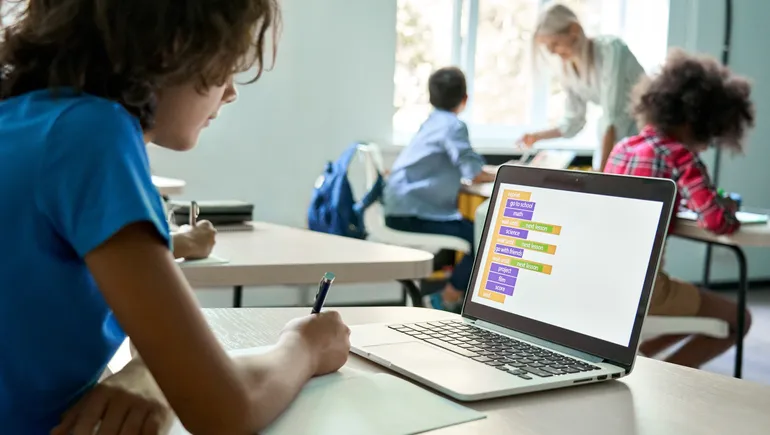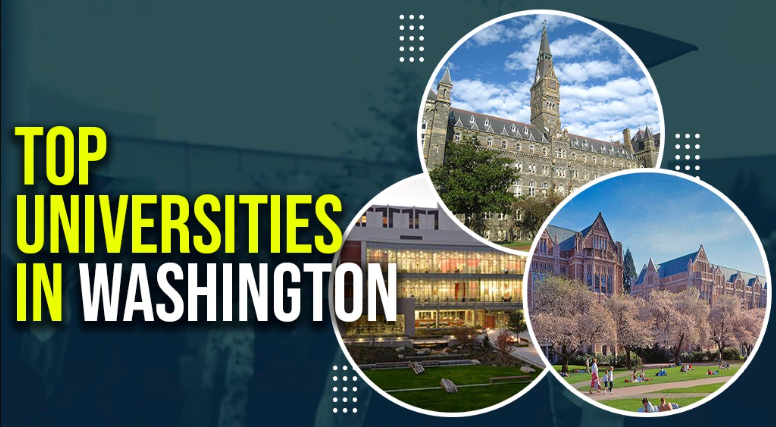Dive Brief:
- Colleges should proactively seek to counter enrollment challenges that could stem from pandemic-era learning loss among K-12 students, including potentially fewer high school graduates — and less prepared students among those who do graduate, according to recent recommendations from the Western Interstate Commission for Higher Education.
- Gathering information on what to expect is key, WICHE said. Colleges can analyze assessment results from local school districts and identify readiness challenges affecting students from middle school and onward.
- The nonprofit, which tracks K-12 enrollment data, also advised higher ed leaders to provide K-12 schools and school districts with tutoring support to help get students college ready.
Dive Insight:
Declining student populations have plagued the higher ed sector in recent years, and college enrollment has yet to recover to pre-pandemic levels. At the same time, colleges are preparing for an expected dropoff in high school graduates beginning next year due to declining birth rates.
Now, the sector is grappling with its latest hurdle — a cohort of high schoolers who are increasingly missing benchmarks that signify college readiness.
“Even if enrollments appear to stabilize after pandemic lows, declines in elementary and secondary school learning and proficiency may present additional future challenges for postsecondary education,” WICHE said.
From 2020 to 2023, the math and reading test scores of fourth and either graders declined. Lower-performing students experienced the most dramatic drops, especially in math.
“Learning proficiency declines had already preceded the pandemic,” WICHE said. “It appears that the pandemic-related disruptions then deepened and amplified these existing declines.”
The nonprofit advised colleges to go into their recruitment processes with a clear understanding of learning loss challenges and “a recognition that the student populations who are historically more disadvantaged also experienced some of the greatest pandemic learning impacts.”
The pandemic also led to more students being homeschooled. Colleges should create plans to find, assess and recruit these learners, WICHE said, as they now represent a larger pool of potential students.
Finally, WICHE noted that colleges already enroll a population of students whose secondary education was affected by the pandemic. Colleges should provide those students, as well as the ones to come, with additional supports as needed, the commission said.


